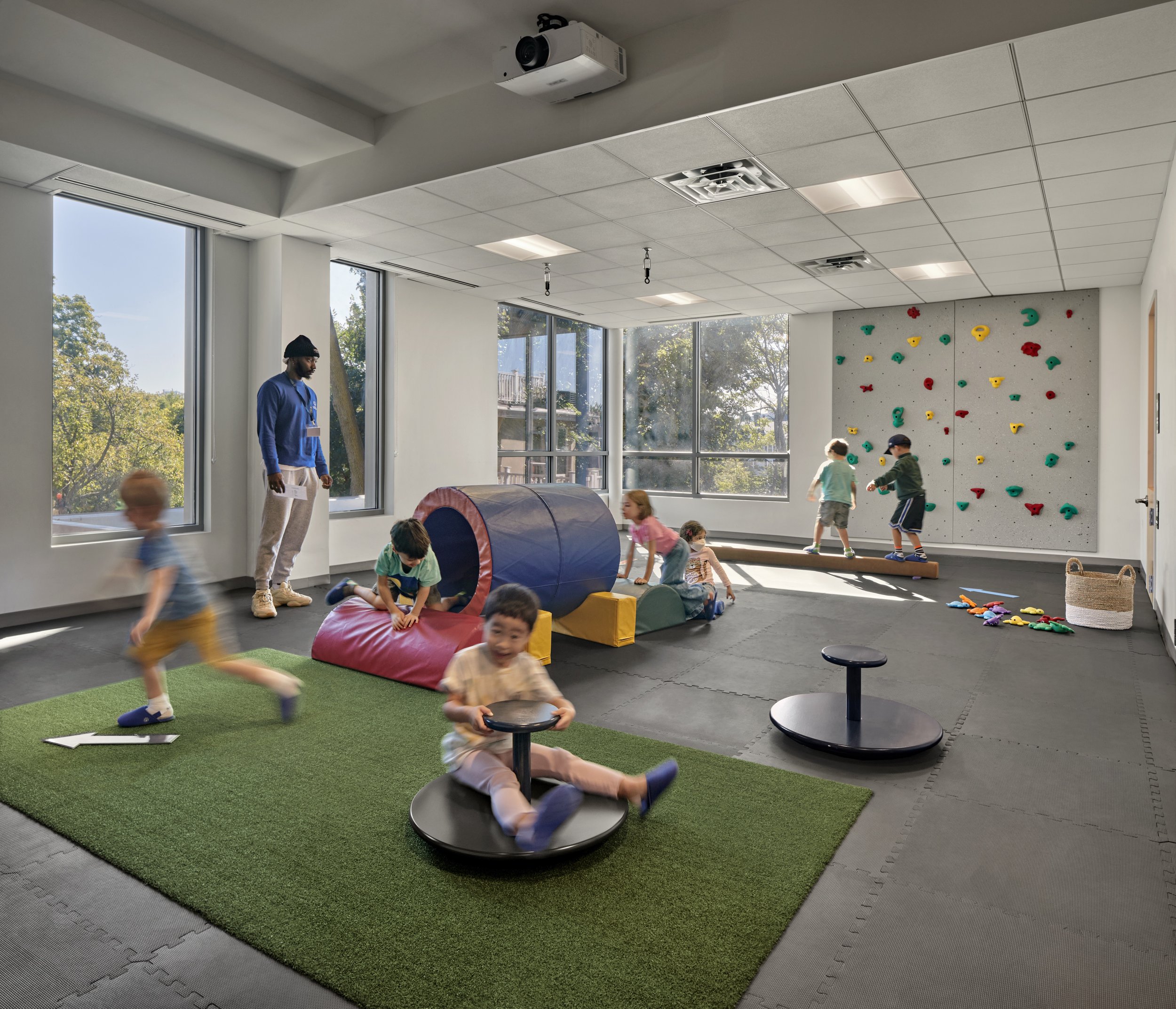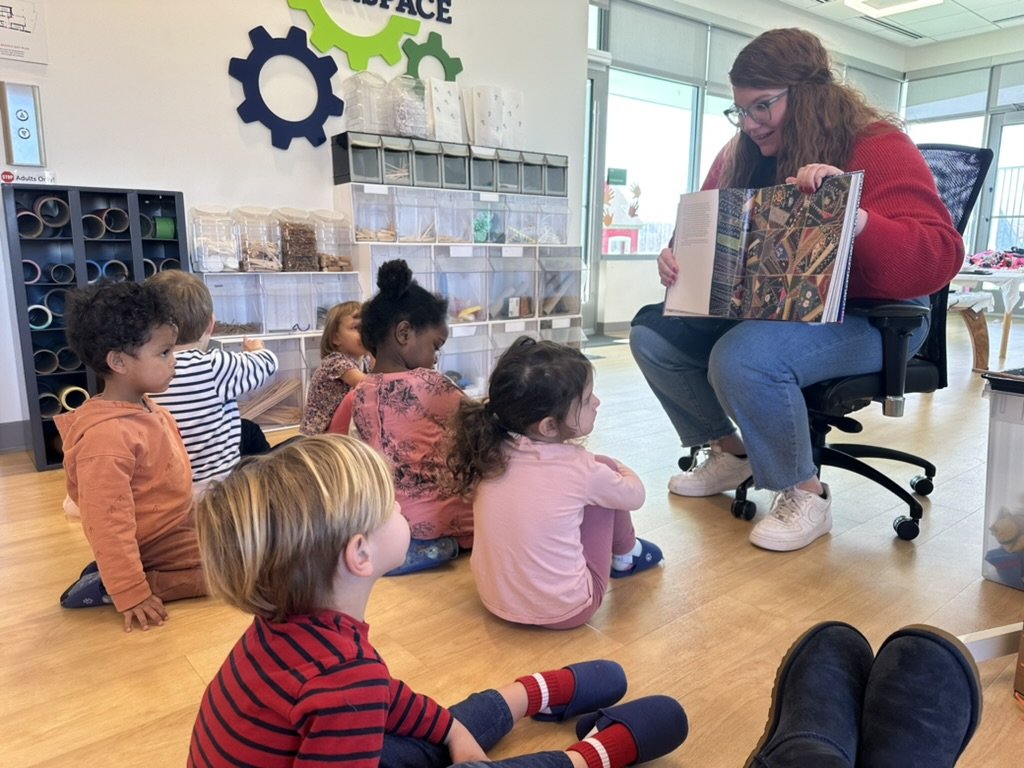
Language & Literacy in the IntendED Classroom.
Language is the basis for all literacy understanding and development. Early on, children learn new words, how words work and how they describe actions, people, places, and things. Eventually they come to understand syntax, and the use of punctuation to distinguish between exclamations, questions, or statements.
Teachers support language development through the conversations they have with individual children and in group instruction. They extend the thinking, and thus the language of children with probing questions and supportive comments that encourage children to tell more.
Elements of Language & Literacy in the IntendED Classroom include:
Creating a Literacy-Rich Environment
Encouraging Children as Storytellers
Teaching Alphabetic Understanding
Fostering Literary Opportunities
Exploring Literature in our Global World
Expand any of the categories below to learn more about the IntendED approach to teaching Language & Literacy:
-
In IntendED classrooms, words, letters, reading and storytelling opportunities are everywhere, from labels on classroom objects to library areas filled with books. There are daily songs and chants as well as all manner of games and activities to keep children engaged in learning how print works, to connect letters to sounds, and words to text. Creating a classroom environment rich in literary opportunities is a critical first step in helping children develop the all-important foundational skills needed for learning to read.
-
Children love to tell their stories, which provide a lens into their experiences of the world. From the stories children tell, teachers learn a great deal about their hidden interests, fears, methods of coping, and level of social understanding.
One critical process in the IntendED classroom is Transcribing — where teachers write children’s stories exactly as they say them. Even mispronunciations and incorrect pronouns and tenses are all written just as the children dictate, such as “Him rided on scooters with me.” The power of letters is in their ability, when placed together accurately, to make the reader sound just like the child who told the story. Children can tell that these are not the words of the teacher or another adult. They won’t be able to tell you why, but they can identify that these are their own words, as they were spoken.
-
Alphabetic understanding — understanding that letters have names, represent sounds, and make words — has shown a connection to early literacy. When teaching alphabetic understanding, it’s important to talk about letters in context, and never in isolation. For example:
“This story is about Thomas the Tank Engine. Look, two Ts. Thomas and Tank!”
It is equally important that when transcribing stories for storytellers, teachers use both capital and lowercase letters. This is the same for writing children’s names whenever they are printed by an adult — and always say the letters as you write them. As children progress, they should be encouraged to write their own names in whatever letter format they find most comfortable.
-
There are a multitude of literary opportunities available for early educators to use in their classrooms. Young three-year-olds may simply love hearing stories multiple times and will expand their vocabulary as a part of the process. Older children, four- to five- year-olds, may become engaged in different versions of the same story, looking for similarities and differences. All children may easily memorize predictable stories that they can “read” over and over again, like Brown Bear, Brown Bear, by Bill Martin Jr. and Eric Carle.
-
It is essential to provide literature that represents the larger world. The books chosen should come from a wide range of literature and include stories from many countries, cultures, and ethnicities. Children need to see that race and ethnicity are not one dimensional, but multidimensional. Appreciating the individuality of people who are part of a group is a key concept. People are never all the same but are unique, just as all of the children in a classroom are unique.
When building a classroom library, an effort to reach out to the families in the class for book recommendations builds strong ties. If parents see their background or heritage reflected in their child’s classroom library, an important level of trust is established.
And there is a book for just about every issue or topic that children face, whether they are adopted, new to the country, expecting a new sibling, or just dealing with a bad day.
Get started with the IntendED approach to teaching Language & Literacy. Subscribe for unlimited access to all our Educator Resources.





